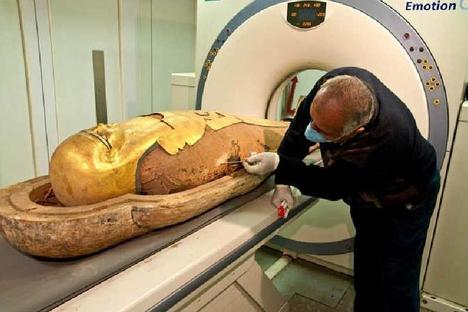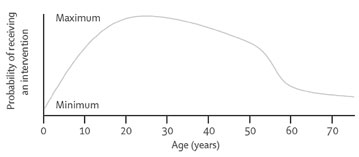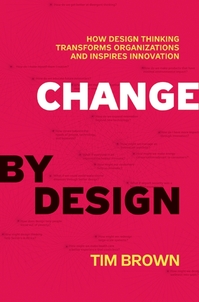(p. A17) . . . it’s a good time to check in on the state of the Cuban health-care system. That’s just what Laurie Garrett, a senior fellow at the Council on Foreign Relations, does in the current issue of Foreign Affairs magazine.
. . .
Slightly more than half of all Cuban physicians work overseas; taxed by the Cuban state at a 66% rate, many of them wind up defecting. Doctors who remain in the country earn about $25 a month. As a result, Ms. Garrett writes, they often take “jobs as taxi drivers or in hotels,” where they can make better money. As for the quality of the doctors, she notes that very few of those who manage to reach the U.S. can gain accreditation here, partly because of the language barrier, partly because of the “stark differences” in medical training. Typically, they wind up working as nurses.
As for the quality of medical treatment in Cuba, Ms. Garrett reports that hospital patients must arrive with their own syringes, towels and bed sheets. Women avoid gynecological exams “because they fear infection from unhygienic equipment and practices.” Rates of cervical cancer have doubled in the past 25 years as the use of Pap tests has fallen by 30%.
And while Cuba’s admirers love to advertise the country’s low infant mortality rate (at least according to the Castro regime’s dubious self-reporting) the flip-side has been a high rate of maternal mortality. “Most deaths,” Ms. Garrett writes, “occur during delivery or within the next 48 hours and are caused by uterine hemorrhage or postpartum sepsis.”
For the full commentary, see:
BRET STEPHENS. “Dr. Berwick and That Fabulous Cuban Health Care; The death march of progressive medicine.” The Wall Street Journal (Sat., JULY 13, 2010): A17.
(Note: ellipses added.)
Reference to the Garrett article:
Garrett, Laurie A. “Castrocare in Crisis; Will Lifting the Embargo Make Things Worse?” Foreign Affairs 89, no. 4 (July/August 2010): 61-73.






